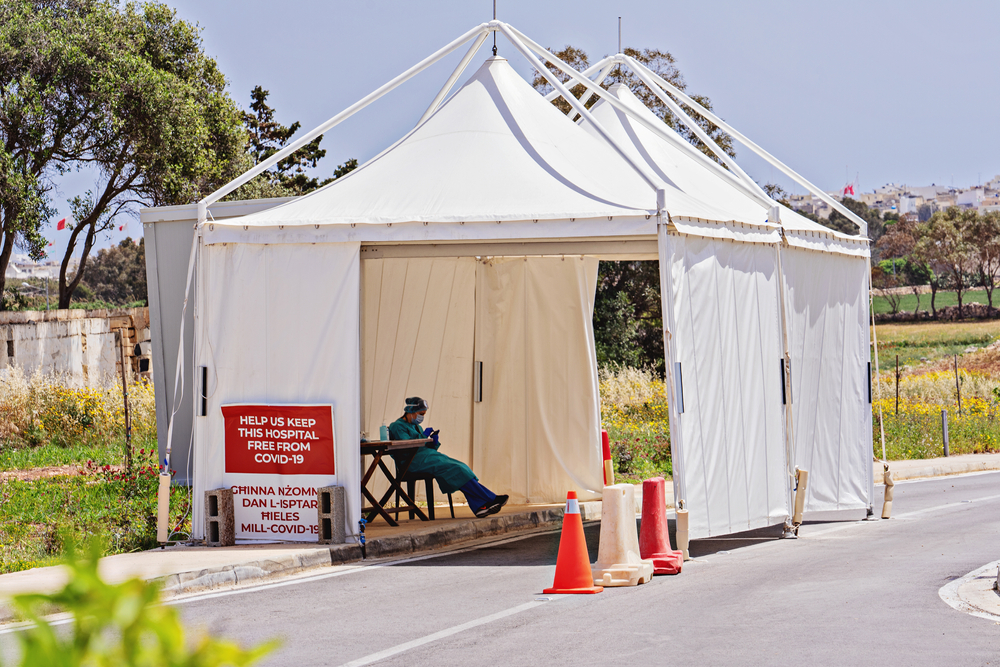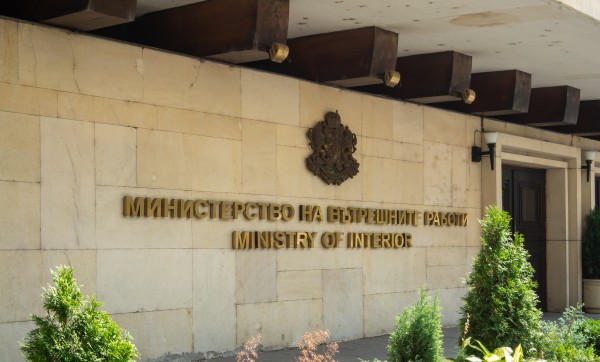This article is a guest post by The Shift News, Malta, as part of IPI’s reporting series Media Freedom in Europe in the Shadow of Covid
Malta’s unique media landscape has equipped the government with powerful tools in its attempt to redirect the COVID-19 narrative unfolding on the island since the start of the pandemic.
In a set up considered singular well before 2020, Malta is the only EU Member State where the two main political parties in the House of Representatives own, control and manage their own media houses.
This arrangement was originally established in 1990 as a means to counter a State broadcaster that had become synonymous with government propaganda. It was meant to be a temporary solution, but party-owned stations, newspapers and websites quickly devolved into nothing more than partisan echo chambers. In the meantime, the State broadcaster has done little to alter the general assumption that it remains a government propaganda tool.
The COVID-19 pandemic has exacerbated a number of issues around media independence and editorial autonomy, all of which have been debated for many years but for which no government ever seriously considered tangible reforms. These issues include a lack of transparency around state funding for media, which arose once again in 2020 as the Maltese government provided aid to independent media but did not reveal details about how the funding was allocated.
The issue of political-party media and the state broadcaster remains at the top of the list. Malta had already been flagged as “high risk” in the Centre for Media Pluralism and Media Freedom’s 2020 report, prepared by the European University Institute before the first COVID-19 cases were recorded on the island, but information dissemination around the pandemic has revealed just how detrimental political-party-owned media is to media pluralism and freedom in the country.
From poster child to wild child
The COVID-19 situation in Malta wasn’t always as dire as it is now. When the first positive cases were recorded in March last year, the government’s initial response was well-executed and well-received. By July, COVID-19 numbers had been contained. It was not until summer that the authorities bungled the strategy for the easing of restrictions.
Tourism (and its related services) remain crucial to Malta’s economy. Under mounting pressure from businesses — and against the advice of the medical community — the government eased restrictions prematurely. These steps included promoting the island as a destination for mass events and allowing unrestricted travel. It was not long before Malta came to have one of the highest infection rates in Europe (per 100,000 people).
In the face of mounting criticism from doctors (including Malta’s Superintendent of Public Health), teachers and other professionals who warned that sending conflicting messages would make the situation worse, the government resorted to using its two most influential tools to reiterate that the situation was “under control”: the governing Labour Party’s television station, ONE, and the national public broadcaster, TVM.
Using these two television stations has a significant impact on how information is managed in Malta. TV viewership in Malta remains very high and is still, for many, the principal way of accessing information. An audience assessment survey carried out by the Broadcasting Authority for the period of July 2020 shows that, excluding foreign stations, TVM and ONE ranked first and second, respectively, in their audience reach for all age groups.
The messages that appeared on the state broadcaster and Labour party media outlets include assurances of a full economic recovery by May 2021 despite projections, and herd immunity by the summer despite the slow vaccine roll-out.
Propaganda and disinformation
Immediately before lifting precautionary measures in advance of the summer vacation season, Malta’s prime minister, Robert Abela, dismissed the possibility of a second wave of the pandemic with one of his boldest catchphrases to date: “I heard a lot of things about the second wave this and second wave that. Waves are in the sea.”
As Malta’s infection numbers spiked, so did the disinformation amid calls for national unity to fight “the war against COVID”.
The Labour Party then used their television station to broadcast a video entitled, ‘The Truth About the COVID-19 Situation in Malta’. The video made a series of misleading claims and used charts and graphs which were selective in what they presented, in order to make COVID-19 numbers in Malta appear favourable.
The video makes three claims: that Malta has the highest number of tests in Europe; that Malta has the least number of cases in Europe, even though it is one of the countries that carries out the most testing; and that only 0.4 percent of the tests carried out are positive. Each of these claims needed to have been carefully analysed, confirmed or rejected.
The national broadcaster also stopped the live airing of journalists’ questions during press conferences on COVID-19, and on occasion featured news items that attempted to downplay COVID-19 by comparing it to heart disease and influenza.
The government’s use of ONE and TVM to push its agenda is not new, as leaked emails seen by The Shift have shown in the past.
More examples of this expedient relationship between the Maltese government, the public broadcaster and Labour party media emerged during the Public Inquiry into the assassination of journalist Daphne Caruana Galizia.
Limited access to information and conspiracy theories
Access to official information in Malta remains difficult. The media relies heavily on the detailed daily briefings on COVID-19 numbers given by the Health Ministry, yet answers to questions by the press have been limited.
There have been multiple instances whereby independent newsrooms received no replies to questions about procurement policies. A journalist was also blacklisted by the Ministry of Health for having drawn attention to the unresponsiveness of the ministry’s communications aide.
Confusing messages and a hyper-partisan debate are just two of the consequences created by the structural deficiencies in Malta’s media landscape.
In the meantime, a situation in which members of the public struggle to separate party media messaging from the reality they are witnessing has provided fertile ground for voices peddling an “alternative” political viewpoint outside the partisan debate.
Unfortunately, these individuals are often nothing more than conspiracy theorists acting in bad faith, using the mixed messaging by party media to spread their own brand of disinformation. They include an academic who hosted his own programme to peddle false and dangerous theories about the pandemic. This same individual is gaining prominence for posting a series of articles on his blog suggesting that the accusations against the alleged mastermind in the murder of journalist Daphne Caruana Galizia are part of a conspiracy orchestrated by the media and the journalist’s family.
While Malta’s degree of party-owned media is unique in Europe, the misuse of its public broadcaster is not. MEPs are particularly concerned about the state of public service media in some EU countries, where nominally public service broadcasters have become an “example of pro-government propaganda”.
On November 25, 2020, the European Parliament adopted — by an overwhelming majority — a resolution that aims to strengthen independent media. The text points to “attempts by governments of some member states to silence critical and independent media and undermine media freedom and pluralism”, adding that “Freedom of the media has been deteriorating in recent years”, and the COVID-19 outbreak has exacerbated this deterioration.
Point C of the resolution is of particular interest to Malta:
“…whereas some Member States limit the freedom of the media through economic means, such as distorted public advertising among media outlets that alters competition, and directly control public media in order to influence editorial decisions and thus ensure pro-government loyalty; whereas public authorities should adopt a legal and regulatory framework which fosters the development of free, independent and pluralistic media;”
Point T states:
“whereas in some Member States, State aid for media outlets has not been handled transparently, which puts these outlets’ independence and credibility at serious risk”
To mark the end of the year, TVM released a roundup video of the stories that shaped the news agenda in 2020. Notable by their absence were stories on high-level government corruption, and the scandals revealed by independent newsrooms or by the Public Inquiry into the assassination of Daphne Caruana Galizia.
Meanwhile, TVM continues to support the government line that the situation is “under control” even as Malta experiences new records in the number of COVID-19 infections.
It was a fitting reminder of Malta’s need for press freedom reforms.
Any views expressed here are those of the author.
- Click here to read more from IPI’s new reporting series Media Freedom in Europe in the Shadow of Covid




